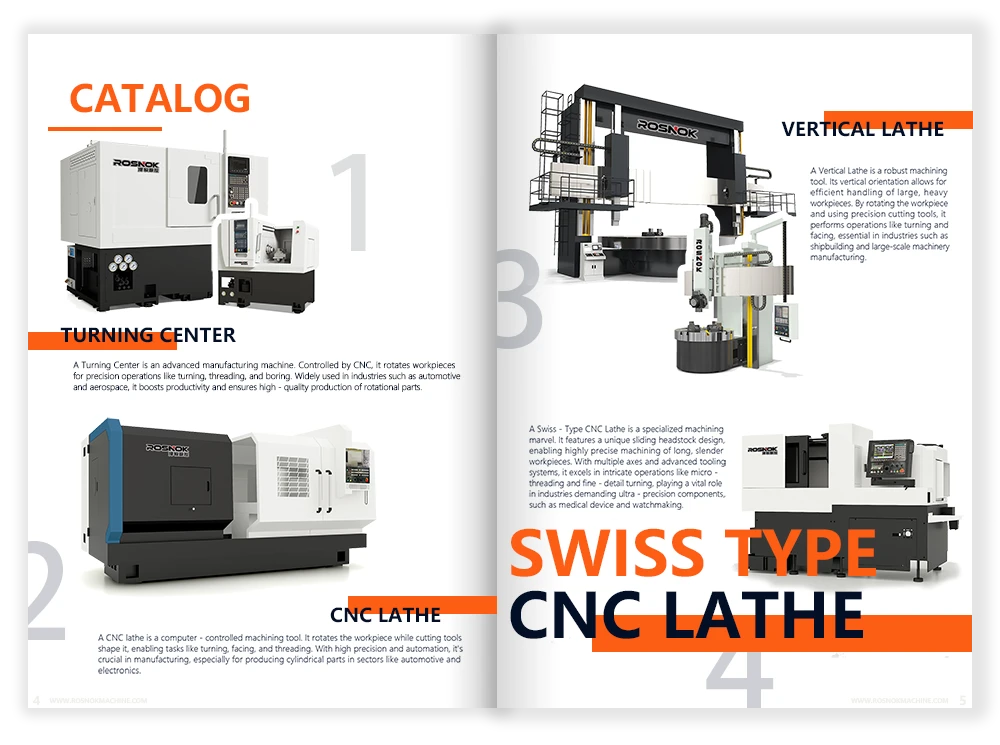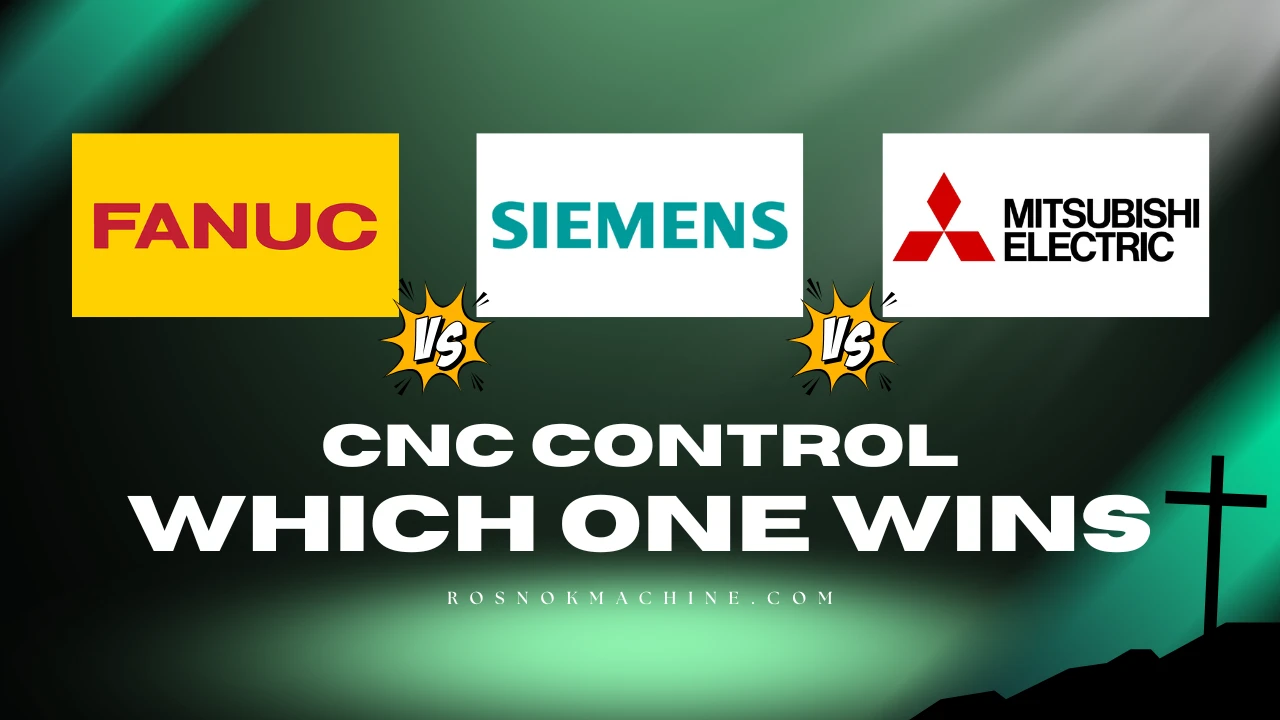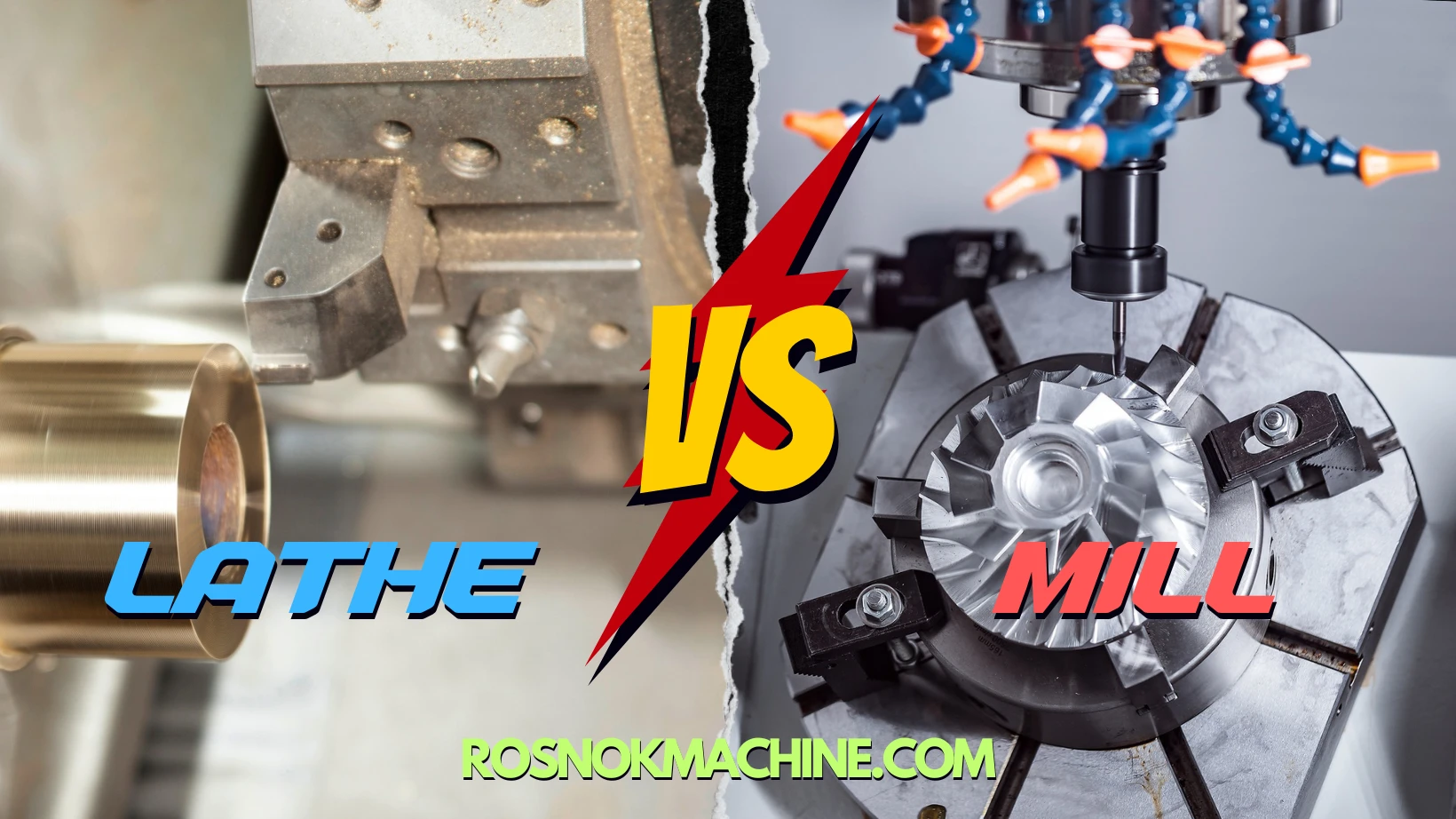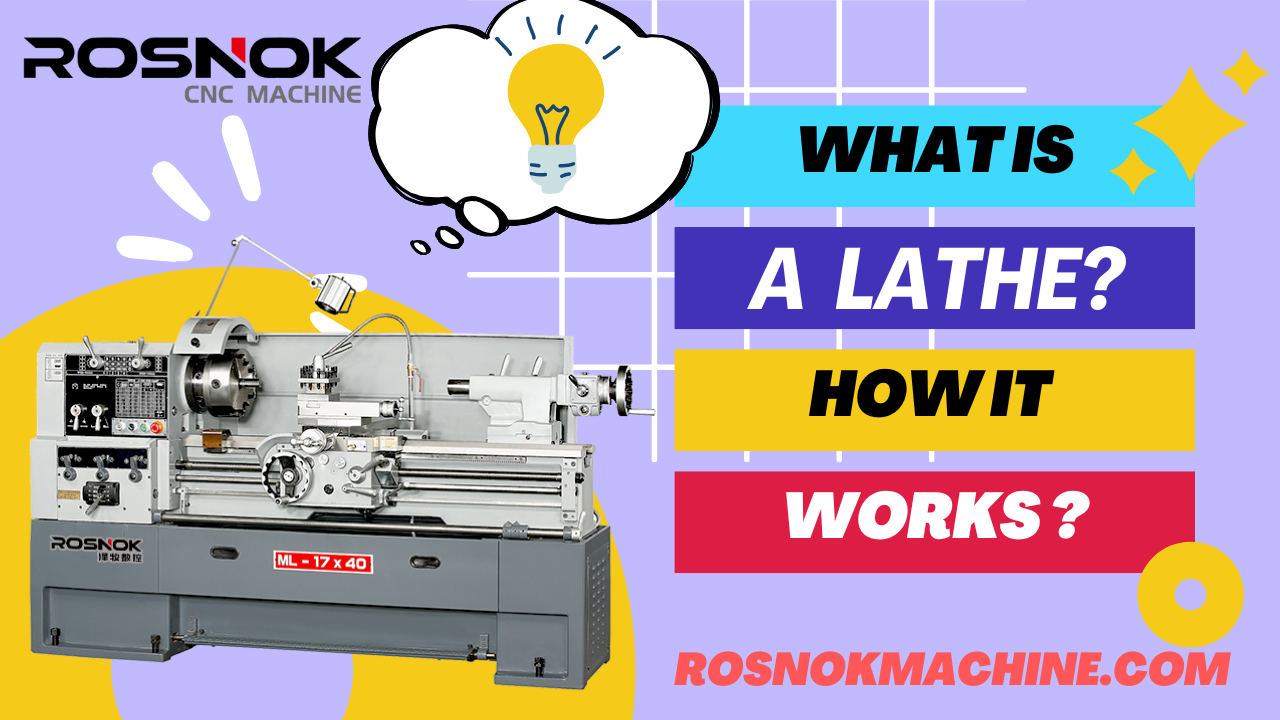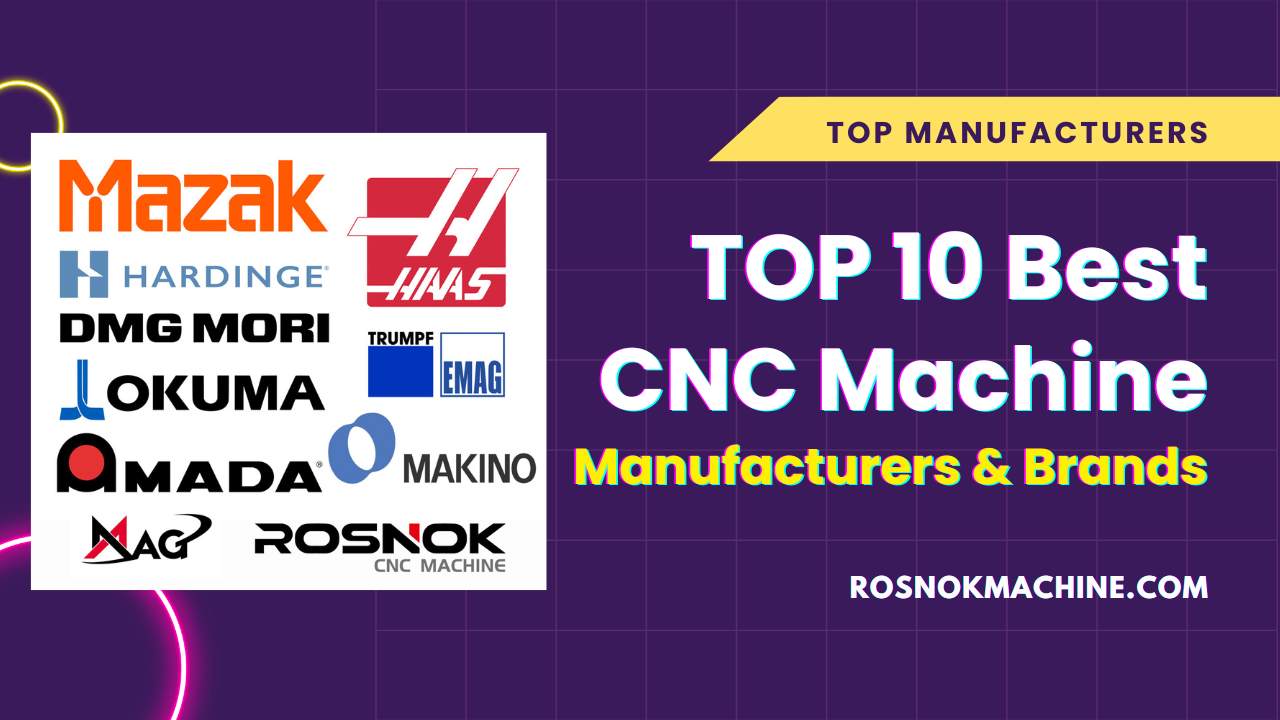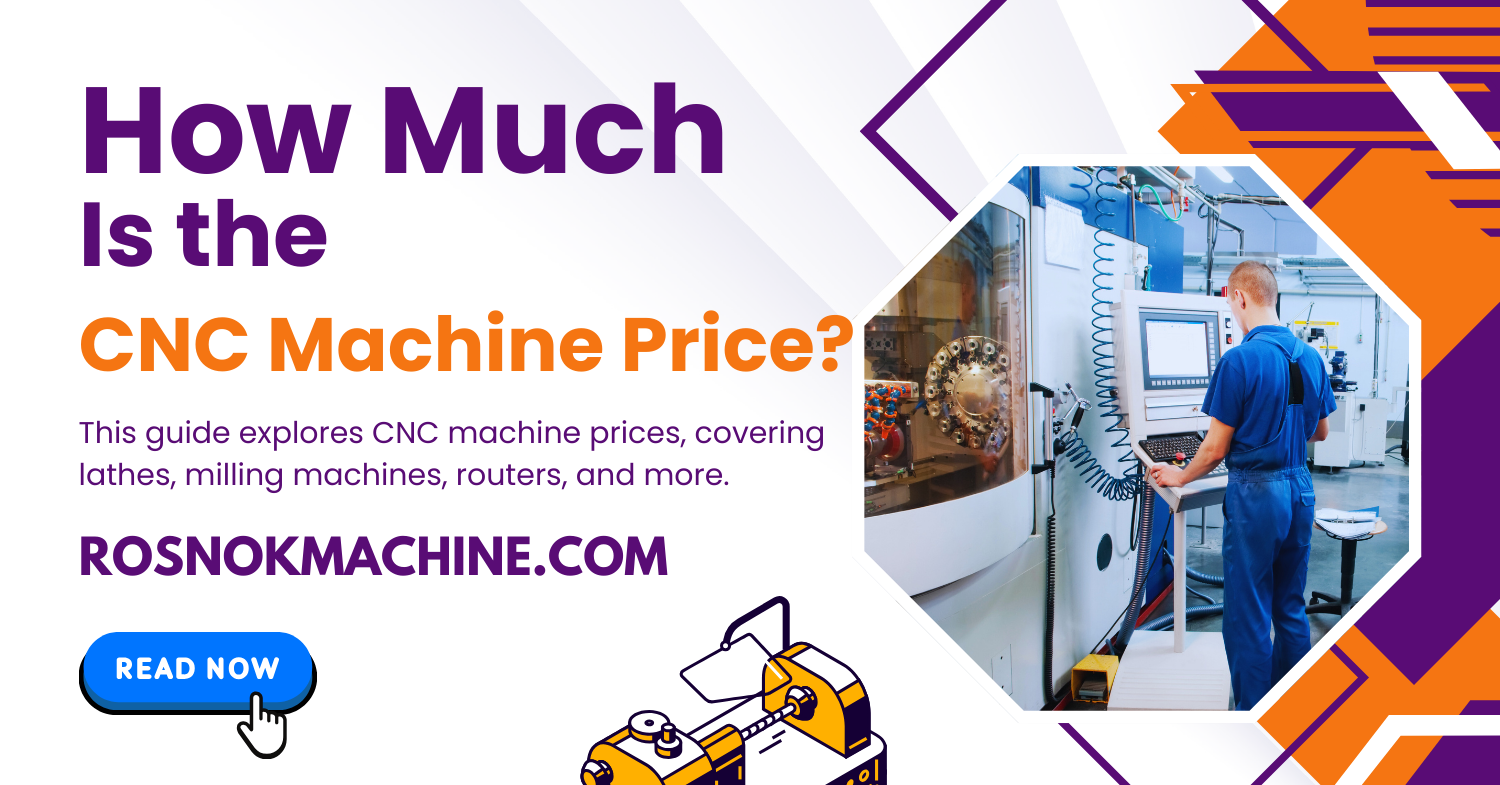In this article, I will take you through a complete comparison of FANUC, Siemens, and Mitsubishi Control System. With over two decades of experience in machine tool manufacturing, I have witnessed how these three systems perform across different industries and applications. By the end of this article, you will clearly understand their differences in precision, performance, cost, compatibility, and after-sales support, giving you the confidence to choose the CNC Control that best fits your factory.
What Is a CNC Control?
A CNC Control System is often described as the “brain” of a CNC machine tool. Just as the human brain coordinates movement, memory, and decision-making, the Control orchestrates every action of the machine—transforming digital code into precise physical motion. Without it, even the most advanced lathe or machining center would be nothing more than an assembly of motors, spindles, and metal parts.
Core Functions of a CNC Control
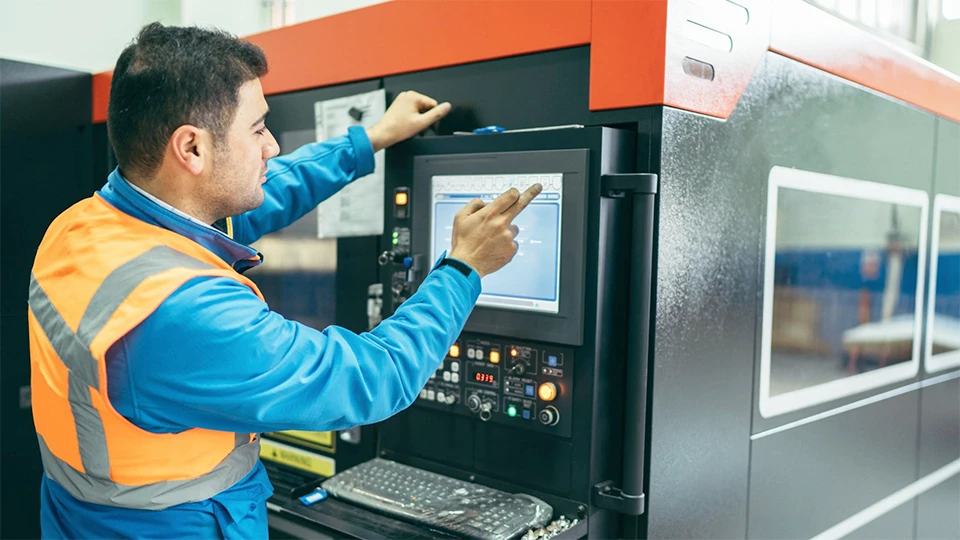
At its core, a CNC Control System manages four critical functions:
- Motion Control – It directs the movement of the machine along the X, Y, and Z axes (and additional axes in multi-axis systems). This ensures that the toolpath follows the programmed geometry with high precision. For example, when milling an aerospace turbine blade, even a micron-level deviation could compromise performance.
- Programming Execution – The Control interprets G-code and M-code instructions written by engineers. These codes specify operations such as spindle speed, tool changes, coolant activation, and feed rates. Modern Control also allow conversational programming, which simplifies setup for operators without deep coding knowledge.
- Automation & Tool Management – Advanced Control manage automatic tool changers (ATCs), probing systems, and auxiliary devices. For instance, when machining a part that requires drilling, boring, and tapping, the CNC Control can automatically switch tools within seconds, reducing downtime.
- Monitoring & Diagnostics – A good CNC Control continuously monitors spindle load, temperature, vibration, and tool wear. Early warnings help prevent breakdowns and ensure consistent production quality.
Why CNC Control Matter in Modern Manufacturing
In today’s competitive manufacturing environment, the choice of CNC Control System directly affects efficiency, quality, and profitability.
- Efficiency Gains – A high-performance Control reduces cycle times with faster processing, optimized tool paths, and smart acceleration control. In industries like automotive, where production runs into millions of parts, saving just seconds per cycle can translate into huge cost reductions.
- Precision & Reliability – Control equipped with error compensation and adaptive control can maintain micron-level accuracy, even during long production runs. This is essential in fields like aerospace or medical devices, where failure is not an option.
- Operator Productivity – The usability of the Control’s interface determines how quickly operators can set up jobs, troubleshoot issues, and adapt to new processes. For a factory facing labor shortages, a Control that reduces training time is a real advantage.
- Competitiveness – Ultimately, the CNC Control is not just a technical component—it is a strategic investment. Choosing the right one can enhance a factory’s competitiveness by lowering scrap rates, improving machine uptime, and enabling smart manufacturing integration.
FANUC CNC Control: Features & Limitations
When discussing CNC Control System, FANUC is often the first name that comes to mind. Founded in Japan in 1956, FANUC has grown into a global leader in factory automation, robotics, and CNC control systems. Today, more than 60% of CNC machines worldwide are equipped with FANUC Control [source placeholder], making it the most widely adopted brand in the industry.
Key Features and Strengths of FANUC CNC Control
Reliability and Durability
FANUC Control are renowned for their robust design and long operational life. Many factories report FANUC systems running over 20 years without major failures. This is one reason why manufacturers in high-volume industries like automotive choose FANUC—downtime is simply too costly.
User Familiarity
Because FANUC is so widely used, operators, engineers, and service providers across the globe are already familiar with its interface and programming style.
Lower Training and Hiring Costs
Familiarity with FANUC systems worldwide reduces operator training time and makes it easier to recruit skilled staff. For instance, a factory in Russia upgrading from older FANUC systems to the latest Series 0i-MF Plus trained operators in days instead of months.
Integration with FANUC Robots and Automation
FANUC’s strength lies not just in Control, but in its ecosystem. FANUC CNCs can seamlessly integrate with FANUC robots, drives, and motors, enabling complete automated production lines. This makes them particularly strong in automotive and electronics manufacturing, where robotics and CNC machining must work hand in hand.
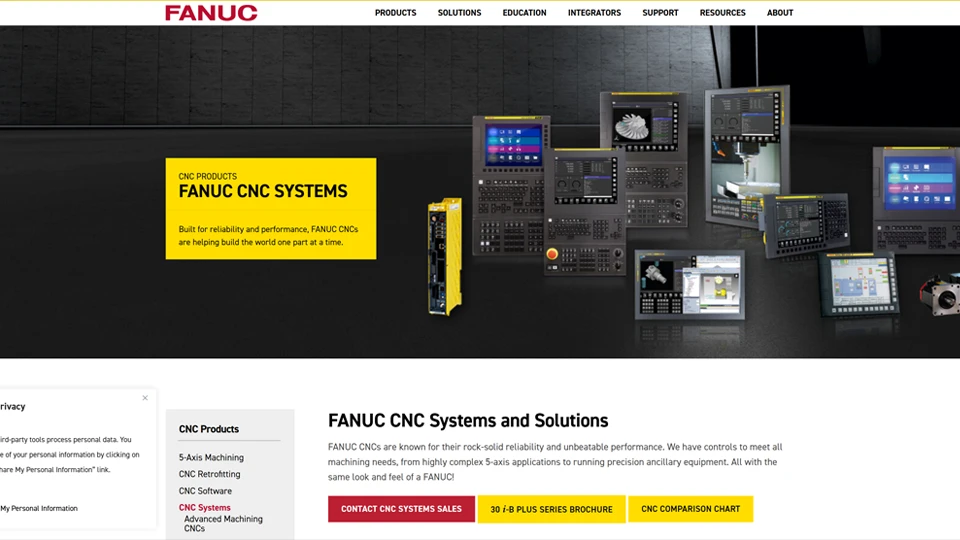
Scalability Across Machine Types
FANUC offers Control that cover the full range—from simple turning centers to complex 5-axis machining. Its modular design allows factories to scale up as production needs evolve, without switching to another brand.
Global Service Network
FANUC has one of the largest service and parts networks in the world. Whether you are in Asia, Europe, or South America, spare parts and technical support are readily available, giving factories confidence in long-term uptime.
Proven in Mass Production
FANUC is the top choice for automotive manufacturing, where uptime and cycle-time efficiency are mission-critical. Its dominance in high-volume industries is proof of its reliability and consistency under demanding conditions.
Energy-Efficient Designs
New generations of FANUC Control emphasize lower power consumption, helping manufacturers reduce energy costs per part while supporting sustainability goals.
Consistent Updates
FANUC regularly releases software upgrades while maintaining backward compatibility, ensuring factories can adopt new functions without discarding old programs.
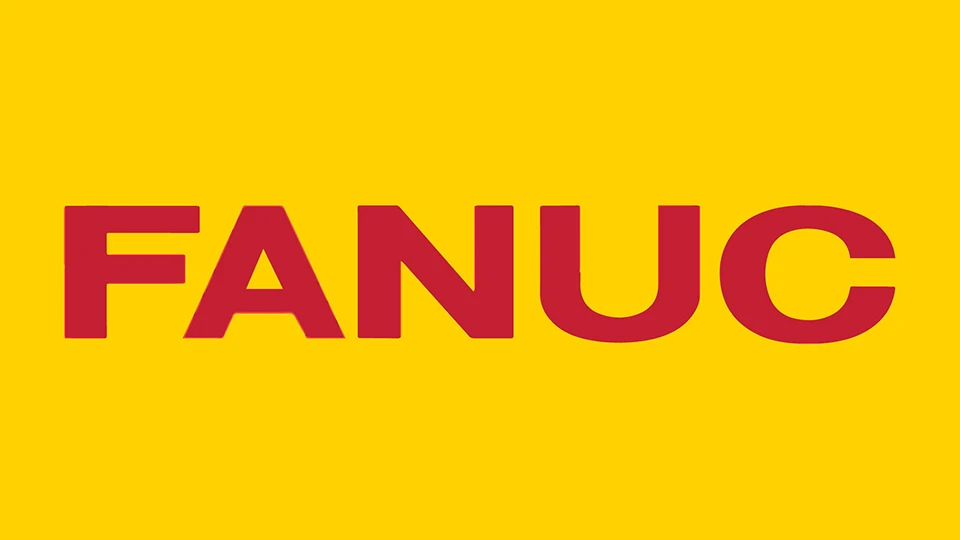
Limitations of FANUC CNC Control
Complex User Interface
For newcomers, FANUC’s programming screens may feel outdated and less intuitive compared to Siemens. This can create a steeper learning curve.
Licensing Costs
Advanced features such as multi-axis interpolation, probing cycles, or networking often require additional paid options. This increases the total cost of ownership.
Less Open for Customization
FANUC systems are reliable but relatively “closed.” Unlike Siemens, they are less flexible for users who want to deeply customize HMI or integrate third-party applications.
FANUC in the Global Market
In practice, FANUC is one of the most widely used CNC Control brands worldwide — not only in Asia (China, Japan, South Korea) and Latin America, but also in Europe and North America. Its reputation for reliability, extensive service network, and proven track record in high-volume production give it an edge where consistency and after-sales support matter most.
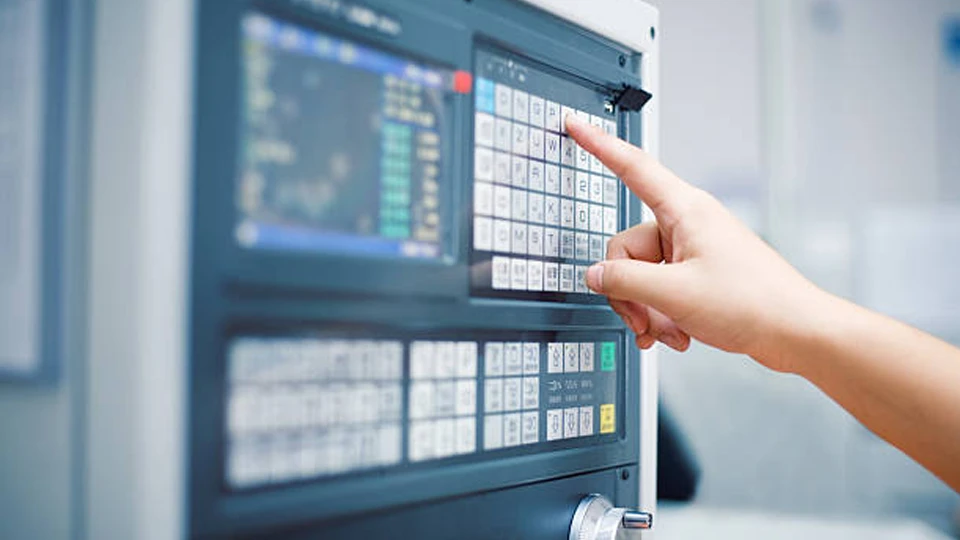
Siemens CNC Control: Features & Limitations
Siemens is one of the most respected names in industrial automation and is particularly strong in Europe. Founded in Germany in 1847, Siemens has a long history in electrical engineering and automation systems. Its SINUMERIK CNC Control System are widely recognized for advanced functionality, strong integration with digital manufacturing, and Industry 4.0 readiness. Siemens holds a significant market share in Europe and has growing adoption worldwide, especially in industries where complex machining and smart factory integration are priorities.
Key Features and Strengths of Siemens CNC Control
Advanced Programming Capabilities
Siemens SINUMERIK systems are designed with advanced programming environments, supporting not only standard G-code but also high-level programming and conversational programming. This gives engineers flexibility to implement complex machining strategies with fewer steps. For aerospace or mold-making industries, it enables more precise tool paths and higher efficiency.
Multi-Axis and High-Precision Control
Siemens excels at handling multi-axis simultaneous machining, with powerful processors that ensure smooth interpolation and precision. This is why aerospace manufacturers prefer Siemens for turbine blades and complex components where tolerances are extremely tight.
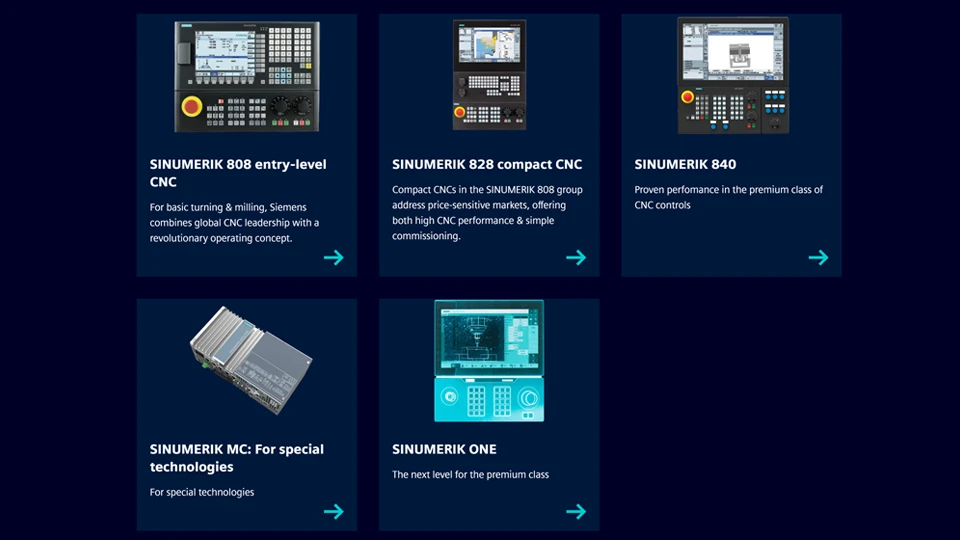
Industry 4.0 and Digital Twin Integration
One of Siemens’ strongest advantages is its compatibility with digital manufacturing. SINUMERIK Control integrate with Siemens’ NX CAM software and MindSphere IoT platform, enabling digital twins, virtual commissioning, and predictive maintenance. This reduces errors before production and supports smarter, connected factories.
User Interface and Operator Support
The Siemens Operate HMI is considered more modern and intuitive compared to FANUC. It provides touchscreen support, graphical toolpath display, and contextual help. This improves usability for new operators and reduces training time in advanced programming environments.
Customization and Flexibility
Unlike FANUC’s relatively “closed” approach, Siemens offers extensive customization. Users can modify screens, add macros, and integrate third-party software. This makes Siemens attractive for industries that require tailored solutions.
Proven in High-Tech Industries
Siemens Control are widely used in aerospace, medical device, and energy manufacturing, where precision and traceability are critical. Their reputation for accuracy and adaptability gives them an edge in high-tech, low-volume production.
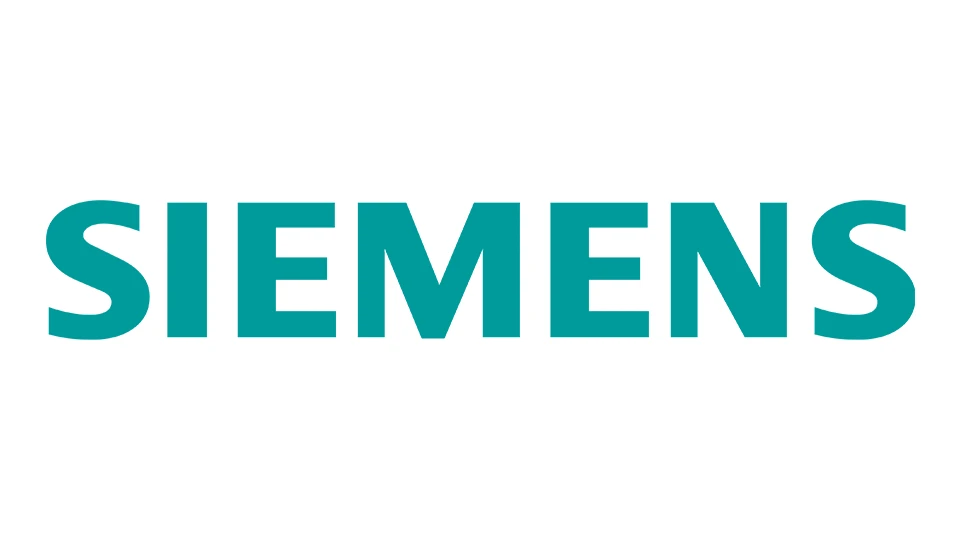
Limitations of Siemens CNC Control
Steeper Learning Curve
While the Siemens interface is powerful, it can be complex for users transitioning from simpler systems. Operators familiar only with FANUC may find the shift challenging and require longer training.
Higher Initial Costs
Siemens CNC Control, especially high-end SINUMERIK 840D sl, often come with higher upfront costs compared to FANUC or Mitsubishi. This can make them less attractive for cost-sensitive buyers.
Regional Service Imbalance
Although Siemens has strong coverage in Europe and parts of North America, its service network in Asia and South America is not as extensive as FANUC’s. For manufacturers in those regions, after-sales support may take longer to access.
Siemens in the Global Market
In practice, Siemens CNC Control dominate in Europe, especially in Germany, where they are the preferred choice for machine tool builders and high-tech industries. They also have strong adoption in aerospace and medical sectors worldwide, where precision and Industry 4.0 integration are vital. While FANUC may lead in Asia and mass production industries, Siemens stands out in advanced engineering applications, digital twin technology, and smart factory ecosystems.
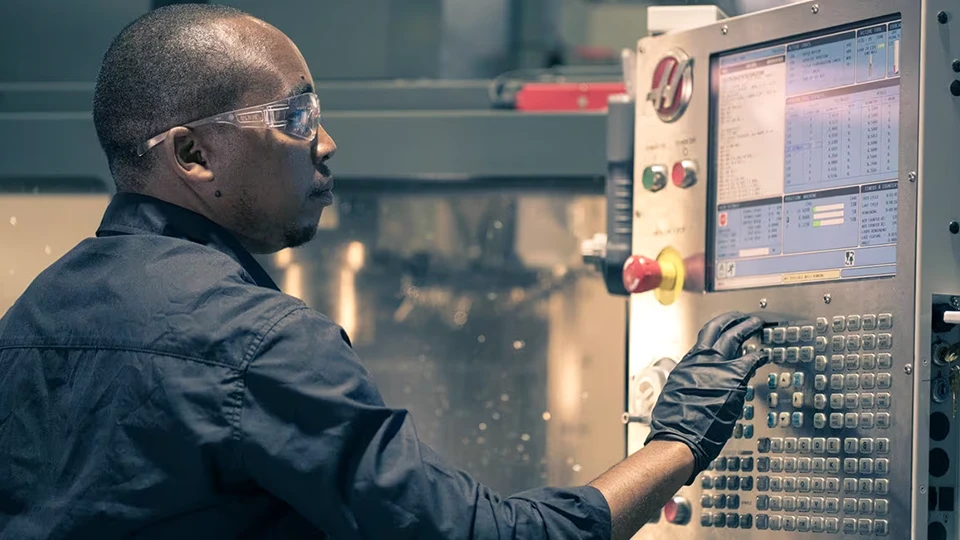
Mitsubishi CNC Control: Features & Limitations
Mitsubishi Electric, founded in Japan in 1921, is a global leader in automation and power electronics. Its Mitsubishi CNC Control System are well known for their strong integration with Mitsubishi motors, drives, and factory automation systems. Compared to FANUC and Siemens, Mitsubishi often positions itself as a more cost-effective yet reliable alternative, with particular strengths in Asia. Its Control are especially valued in industries requiring balance between performance and affordability.
Key Features and Strengths of Mitsubishi CNC Control
Strong Integration with Mitsubishi Automation Ecosystem
Mitsubishi CNC Control connect seamlessly with Mitsubishi servo motors, inverters, and PLCs. This creates an optimized ecosystem that ensures smoother machine control, faster communication, and simplified troubleshooting. For factories already using Mitsubishi automation, this provides a unified solution with one point of responsibility.
Cost-Effective Performance
Mitsubishi positions its CNCs as high-value systems, providing strong precision and stability at a lower overall cost than some European competitors. For small to mid-sized manufacturers, this makes advanced CNC control more accessible without sacrificing quality.
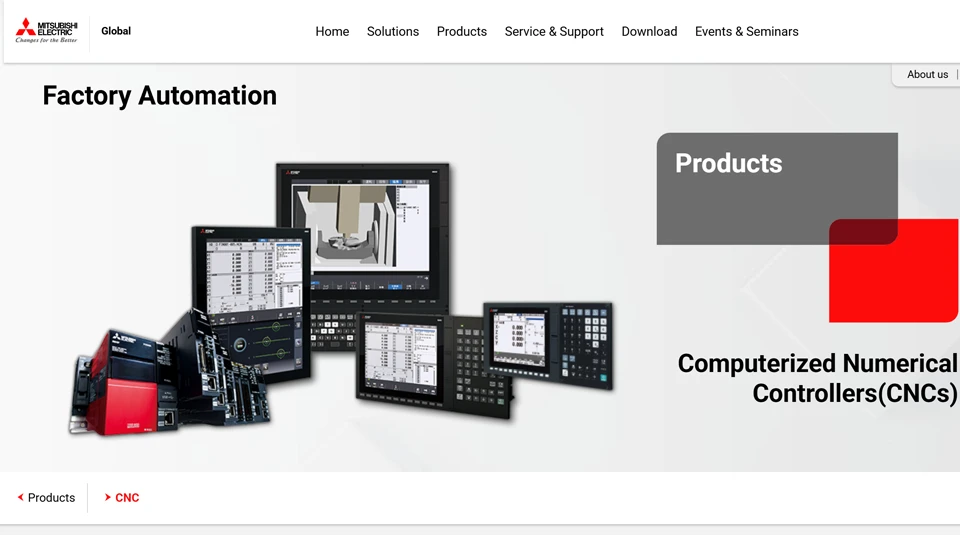
Compact and Energy-Efficient Design
Mitsubishi focuses on space-saving hardware and power-efficient drives. This reduces both installation footprint and energy consumption, lowering operating costs per part. It is particularly attractive for factories where energy efficiency is a priority.
High-Speed, High-Accuracy Control
Mitsubishi CNCs feature advanced servo technology and look-ahead functions that improve machining speeds while maintaining precision. This combination makes them suitable for industries like electronics, automotive components, and precision tooling.
Flexibility for Different Machine Types
From turning centers and milling machines to grinding and EDM systems, Mitsubishi CNCs cover a wide range of applications. Their modular approach allows adaptation to diverse production requirements, making them versatile for contract manufacturers.
Focus on Ease of Use
The Mitsubishi interface is designed to be simple and operator-friendly, with support for conversational programming and intuitive navigation. This helps reduce training time and improves operator productivity.
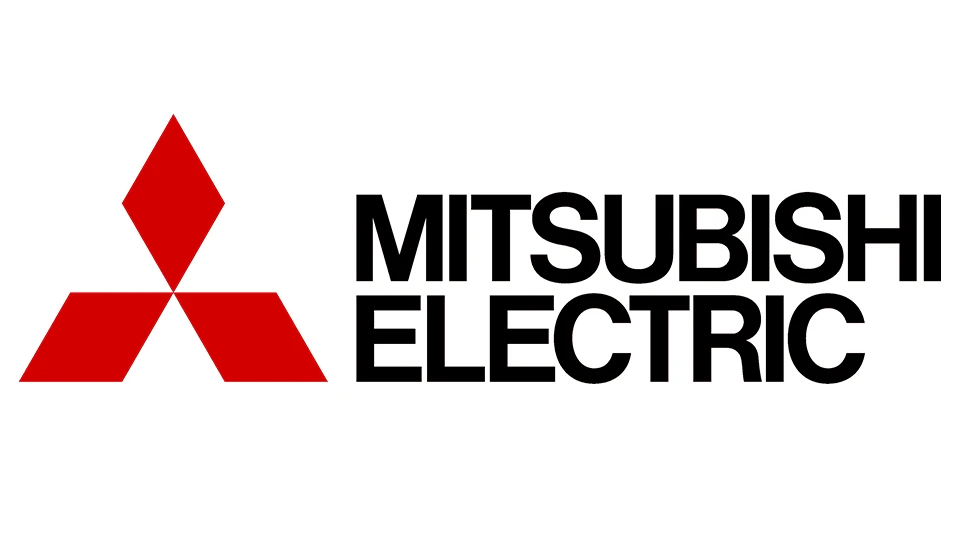
Limitations of Mitsubishi CNC Control
Smaller Global Service Network
Compared to FANUC and Siemens, Mitsubishi’s service coverage outside Asia is more limited. This can result in longer wait times for parts or technical assistance in Europe, Russia, or South America.
Less Market Penetration in High-End Sectors
Mitsubishi CNCs are less common in aerospace and medical device manufacturing, where Siemens and FANUC dominate due to their focus on multi-axis complexity and global certifications.
Fewer Advanced Digital Manufacturing Features
While reliable, Mitsubishi CNCs are not as tightly integrated into digital twin or Industry 4.0 platforms as Siemens. This can be a disadvantage for factories aiming for full smart manufacturing connectivity.
Mitsubishi in the Global Market
Mitsubishi CNC Control have strong adoption in Japan, China, and other parts of Asia, where their cost-effectiveness and integration with Mitsubishi automation products make them highly attractive. They also have a growing presence in Europe and Latin America, especially for small and medium-sized manufacturers seeking reliable yet affordable CNC solutions. While not as dominant globally as FANUC or as advanced in digital integration as Siemens, Mitsubishi strikes a balance between affordability, reliability, and practical performance, making it a preferred choice for many mid-tier manufacturers.
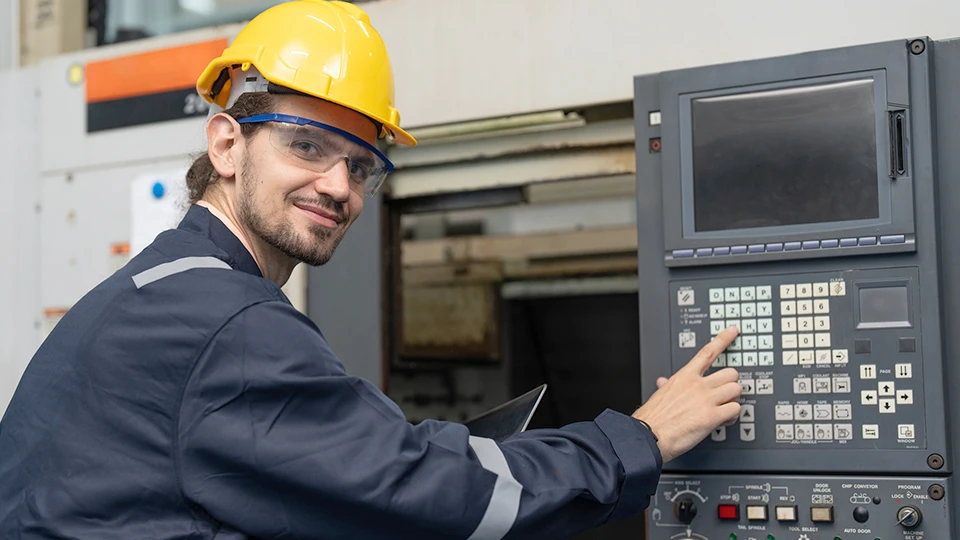
Key Comparison: FANUC vs Siemens vs Mitsubishi
Choosing the right CNC Control System depends on more than just specifications. Each brand has unique strengths, industry preferences, and trade-offs. Below is a direct comparison across the most important factors for manufacturers and procurement managers.
Ease of Use & Programming
- FANUC – Interface is familiar worldwide, but looks dated and less intuitive for new users. Still, global operator familiarity reduces training time.
- Siemens – More modern and graphical HMI, powerful programming environment, but requires longer training for operators not used to Siemens.
- Mitsubishi – Designed for simplicity, with conversational programming options that make it beginner-friendly, especially for smaller factories.
Precision & Performance
- FANUC – Reliable accuracy proven in mass production, strong for automotive and electronics.
- Siemens – Excels in complex multi-axis, aerospace, and medical industries where micron-level tolerances are critical.
- Mitsubishi – Offers strong speed and accuracy at competitive cost, suitable for automotive components, tooling, and electronics.
Compatibility & Flexibility
- FANUC – Strong ecosystem with FANUC robots and drives, but relatively closed for third-party customization.
- Siemens – Highly flexible, customizable HMI and integration with external software; strong Industry 4.0 and digital twin features.
- Mitsubishi – Best integrated within Mitsubishi’s automation ecosystem, less open to third-party, but covers wide range of machine types.
Industry Applications
- FANUC – Dominates automotive and electronics mass production.
- Siemens – Preferred in aerospace, energy, and medical device industries.
- Mitsubishi – Strong in Asia across general machining, tooling, and contract manufacturing.
Cost & ROI
- FANUC – Higher upfront and licensing costs, but reliability and long lifespan ensure strong ROI.
- Siemens – Higher initial investment, justified in high-tech industries that need advanced digital integration.
- Mitsubishi – More affordable, offering good precision and reliability at a lower cost, attractive for small and medium-sized manufacturers.
After-Sales Support & Service
- FANUC – Largest global service network, with strong support in Asia, Europe, and the Americas.
- Siemens – Strong in Europe and North America, but less extensive in Asia and South America.
- Mitsubishi – Reliable support in Asia, but global service coverage is smaller than FANUC.
Future-Proofing: IoT & Smart Manufacturing
- FANUC – Provides updates and backward compatibility, gradual steps toward IoT integration.
- Siemens – Industry leader in smart factory and digital twin technology, best suited for Industry 4.0.
- Mitsubishi – Focuses on cost-effective solutions, less advanced in IoT integration compared to Siemens.
Quick Comparison Table
| Factor | FANUC | Siemens | Mitsubishi |
|---|---|---|---|
| Ease of Use | Familiar but dated UI | Modern, powerful, steeper learning | Simple, beginner-friendly |
| Precision & Performance | Proven in mass production | Best in multi-axis and high-tech | Strong speed & accuracy at low cost |
| Customization | Closed ecosystem | Highly flexible | Best within Mitsubishi ecosystem |
| Main Industries | Automotive, Electronics | Aerospace, Medical, Energy | General machining, Tooling, Asia SMB |
| Cost & ROI | Higher upfront, strong ROI | High upfront, justified in high-tech | Affordable, good ROI for SMBs |
| Service Network | Largest worldwide | Strong in EU/NA, weaker elsewhere | Strong in Asia, smaller globally |
| Smart Manufacturing | Gradual IoT integration | Leading in Industry 4.0 | Less advanced, cost-effective focus |
Applications in Industry
The choice between FANUC, Siemens, and Mitsubishi often comes down to the industry sector and the specific production requirements. Each brand has built its reputation in different application domains.
Automotive Manufacturing
- FANUC – The dominant choice for automotive production lines. Its Control System are trusted for mass production of engine parts, transmissions, and body components, where uptime and cycle-time efficiency are critical. FANUC’s seamless integration with robots also makes it ideal for automated welding, assembly, and machining.
- Siemens – Used mainly in advanced automotive R&D and high-precision tooling. Its strength in digital twin integration supports virtual testing and complex prototyping.
- Mitsubishi – Popular among Tier-2 and Tier-3 suppliers in Asia, providing cost-effective yet precise solutions for machining smaller automotive components.
Aerospace and Aviation
- FANUC – Reliable for high-volume aerospace parts like brackets, housings, and structural elements. Less common in advanced turbine or aero-engine components.
- Siemens – The go-to choice for aerospace OEMs. Its superior multi-axis control and Industry 4.0 integration make it perfect for turbine blades, impellers, and precision aerospace tooling.
- Mitsubishi – More present in subcontracting firms handling mid-level aerospace components, but less dominant in ultra-high precision segments.
Medical Device Manufacturing
- FANUC – Trusted for medical consumables and mid-complexity parts, offering stable mass production capacity.
- Siemens – Preferred in medical implants, surgical tools, and orthopedic devices requiring micron-level tolerances and full traceability. Its connectivity supports regulatory compliance.
- Mitsubishi – Attractive to small medical suppliers in Asia, offering reliable machining for non-critical components at lower cost.
Electronics and Precision Machining
- FANUC – A leader in electronics and semiconductor industries, powering PCB drilling machines, smartphone housings, and precision metal parts. Its robot integration gives it an edge in electronics assembly lines.
- Siemens – Applied where extremely fine micro-machining is required, such as optical components or high-end semiconductor tooling.
- Mitsubishi – Popular in contract machining shops producing precision parts for consumer electronics and industrial electronics, balancing cost and quality.
Regional Preferences
- FANUC – Strongest in Asia (Japan, China, Korea), with significant adoption in Europe and North America. Particularly trusted in automotive and electronics.
- Siemens – Dominates in Europe, especially Germany, and excels in aerospace, energy, and medical sectors worldwide.
- Mitsubishi – Strongest in Japan and other Asian markets, with a growing footprint in Latin America and Europe among small and medium manufacturers.
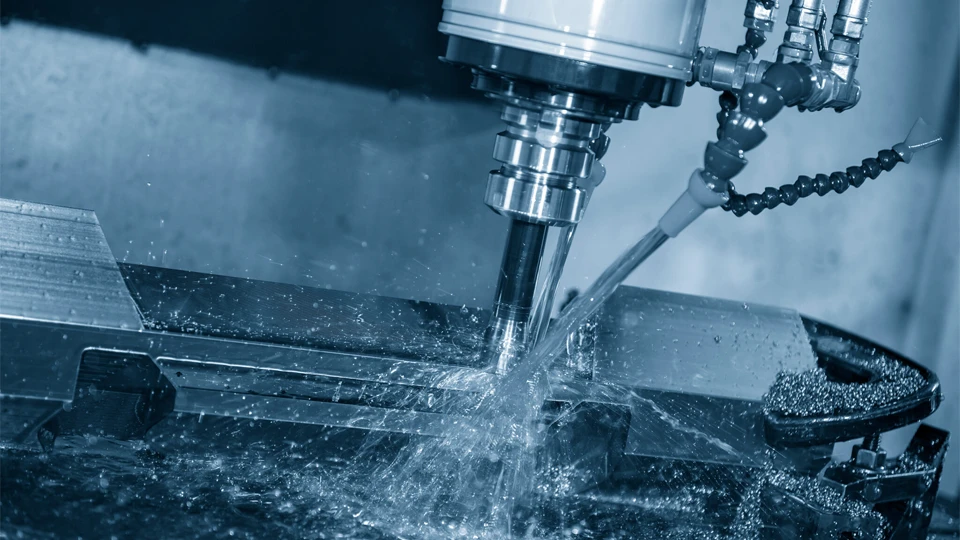
How to Choose the Right CNC Control for Your Business
Selecting the right CNC Control System is not just a technical decision—it’s a strategic one. The Control you choose will impact productivity, training, downtime, and even long-term profitability. To make the right choice, decision makers should evaluate the following key factors.
1. Define Your Performance Needs
- High-volume production → If uptime and reliability are the priority, FANUC is the safest choice. Proven in automotive and electronics, it ensures minimal downtime.
- Complex, multi-axis machining → For aerospace, medical, or advanced prototyping, Siemens offers unmatched performance and precision.
- Balanced performance at lower cost → Mitsubishi delivers strong precision and speed at a more affordable entry point, ideal for smaller suppliers or contract manufacturers.
Ask yourself: Do I need maximum uptime, maximum precision, or a balance of both?
2. Evaluate Cost and ROI
- FANUC – Higher upfront licensing costs, but long lifespan and backward compatibility protect long-term ROI.
- Siemens – More expensive, but justifiable for industries where precision and Industry 4.0 integration are mission-critical.
- Mitsubishi – Lower cost of ownership, attractive for small and medium businesses prioritizing affordability.
Consider not only the purchase price, but also energy efficiency, training, and downtime costs.
3. Assess Service and Support Availability
- FANUC – Largest global service network, strong in Asia, Europe, and the Americas.
- Siemens – Strongest in Europe and North America, weaker in Asia and South America.
- Mitsubishi – Excellent in Asia, but smaller global coverage.
Ask: Can I get spare parts and support quickly in my region?
Decision Framework
- If your priority is uptime and global service coverage → FANUC
- If your priority is complexity, precision, and digital integration → Siemens
- If your priority is cost efficiency and regional support in Asia → Mitsubishi
By aligning your choice with your production needs, budget, and regional support availability, you can ensure the CNC Control you select becomes a long-term asset rather than a bottleneck.
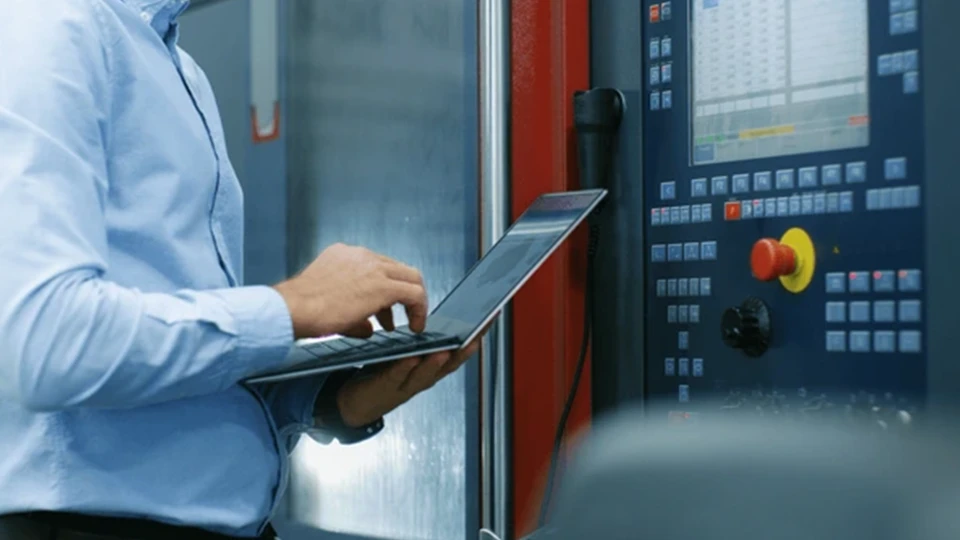
Conclusion
Choosing a CNC Control System isn’t about naming a single “winner” — it’s about fit. FANUC wins on proven uptime and global support; Siemens on multi-axis precision and Industry-4.0 integration; Mitsubishi on cost-effective, space- and energy-efficient performance. Prioritize what your shop truly values (uptime, precision, cost, or connectivity) and weigh ROI, training, and service availability.
Even the most advanced CNC Control cannot deliver results without a solid machine behind it. A reliable machine tool provides the rigidity, stability, and precision foundation that allows the control system to truly shine. At Rosnok, our CNC lathes, machining centers, vertical lathes, and Swiss-type lathes are designed with exactly this in mind — high-strength cast beds for stability, advanced spindle systems for accuracy, and flexible automation options for efficiency. When paired with a well-chosen control system like FANUC, Siemens, or Mitsubishi, our machines can deliver flawless machining of everything from heavy-duty automotive shafts to delicate aerospace components. The combination of a strong machine and the right Control is what ensures that every workpiece meets your expectations.
